How to Choose a Natural Sunscreen for Safer Sun Protection
Written by Kelcie Rosendahl, ND
Why Sunscreen Choice Matters
Protecting your skin from harmful UV rays is essential to prevent sunburn, premature aging, and skin cancer. But choosing a safe sunscreen is just as important!
Sunscreens are designed to be absorbent, using ingredients called “penetration enhancers” to maximize protection. Unfortunately, some of these chemicals have been detected in blood, urine, and even breast milk.
Let's dive into some of the most concerning ingredients and why they should be avoided.
Ingredients to Avoid in Sunscreen:
Oxybenzone: A Toxic Endocrine Disruptor
One of the most worrisome ingredients in chemical sunscreens is oxybenzone. This known endocrine disruptor alters reproductive and thyroid hormones, potentially affecting growth, development, and fertility.
A study by the CDC found that approximately 97% of tested individuals had oxybenzone present in their urine. Furthermore, this chemical contaminates waterways, harming marine life and entering our drinking water, creating a harmful cycle of exposure.
Homosalate: Enhancing the Absorption of Harmful Chemicals
Another common sunscreen ingredient, homosalate, is also an endocrine disruptor. It not only affects hormone balance but also enhances the absorption of pesticides and other harmful chemicals.
Additionally, homosalate is persistent in the environment, meaning it does not break down easily, posing risks to both human health and wildlife.
Octinoxate: A Reef-Damaging Toxin
Octinoxate, also known as methoxy-cinnamate, is a UVB filter that does not protect against UVA rays. Like oxybenzone, it disrupts hormone function and has been detected in breast milk and blood samples. Due to its harmful effects on coral reefs, octinoxate has been banned in Hawaii and other regions aiming to protect marine ecosystems.
The Hidden Risks of Nanoparticles
Nanoparticles, such as nano titanium dioxide and nano zinc oxide, are used in sunscreens to create a clear finish without a chalky white appearance.
However, these ultra-small particles have not been fully assessed for safety. When inhaled in large amounts, nano titanium dioxide is classified as a possible carcinogen, and nanoparticles that penetrate the skin or lungs may lead to organ damage.
Choosing a Safer Sunscreen: What to Look For
For the safest sun protection, opt for mineral sunscreens containing non-nanoparticle zinc oxide and titanium dioxide. These ingredients offer broad-spectrum UV protection with minimal absorption into the skin.
Zinc oxide: A naturally occurring mineral that provides protection against both UVA and UVB rays.
Titanium dioxide: Also naturally occurring, it absorbs UVB and some UVA rays but may not provide full UVA protection.
Final Thoughts: Read Your Labels for Healthier Choices
While sun protection is crucial, selecting a safe sunscreen is equally important. Common ingredients like oxybenzone, homosalate, octinoxate, and nanoparticles pose risks to both human health and the environment.
Next time you shop for sunscreen, read the label carefully and choose a mineral-based option with non-nanoparticle zinc oxide or titanium dioxide.
References:
1. DiNardo, JC, Downs, CA. Dermatological and environmental toxicological impact of the sunscreen ingredient oxybenzone/benzophenone‐3. J Cosmet Dermatol. 2018; 17: 15– 19. https://doi.org/10.1111/jocd.12449
2. Tampucci S, Burgalassi S, Chetoni P, Monti D. Cutaneous Permeation and Penetration of Sunscreens: Formulation Strategies and In Vitro Methods. Cosmetics. 2018; 5(1):1. https://doi.org/10.3390/cosmetics5010001
3. The Trouble with Ingredients in Sunscreens. Environmental Working Group. https://www.ewg.org/sunscreen/report/the-trouble-with-sunscreen-chemicals/
4. Tim Wijgerde et al. Adding Insult to Injury: Effects of chronic oxybenzone exposure and elevated temperature on two reef-building corals. Science of The Total Environment. 2020; 733, I SSN 0048-9697.



